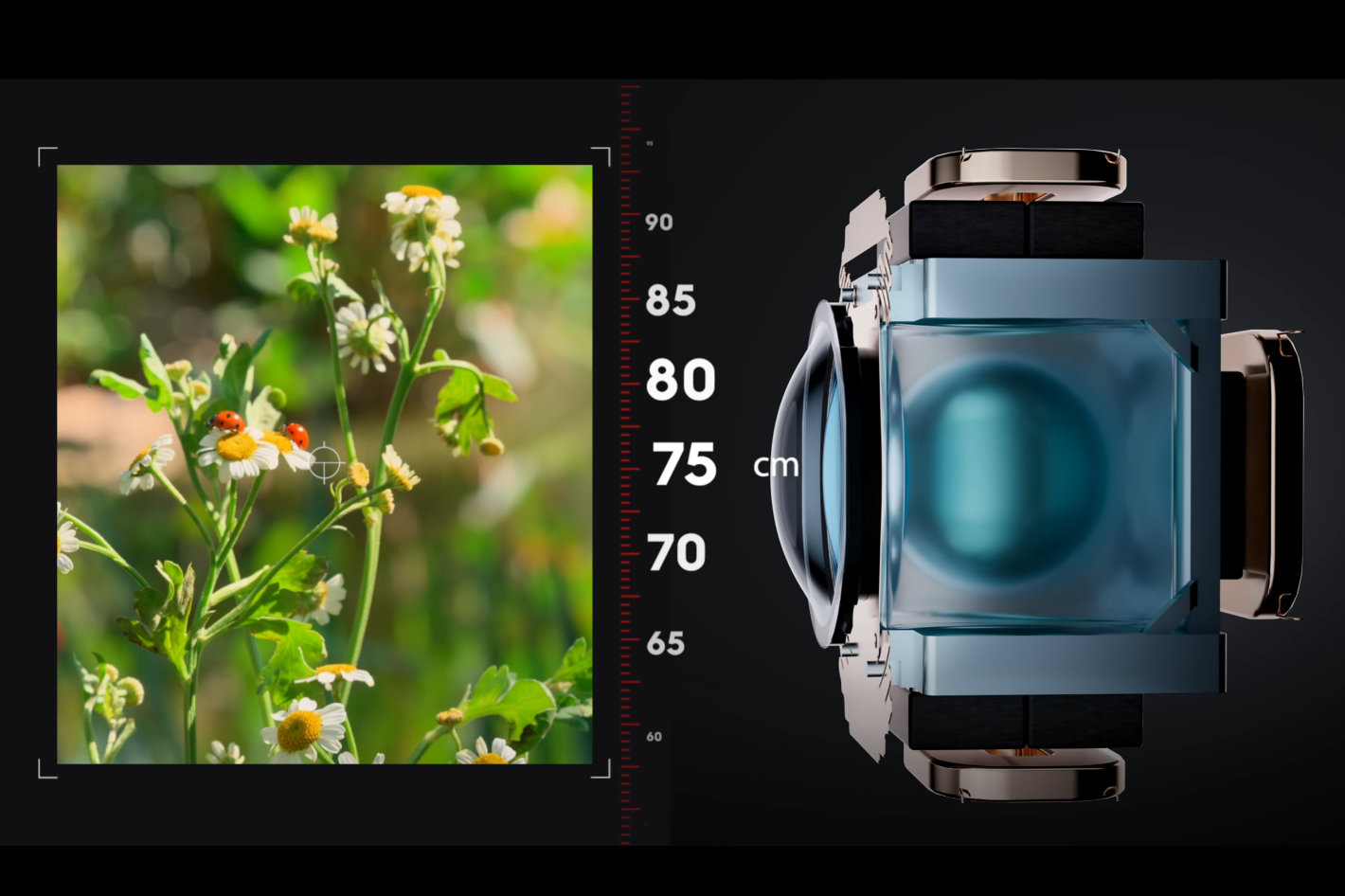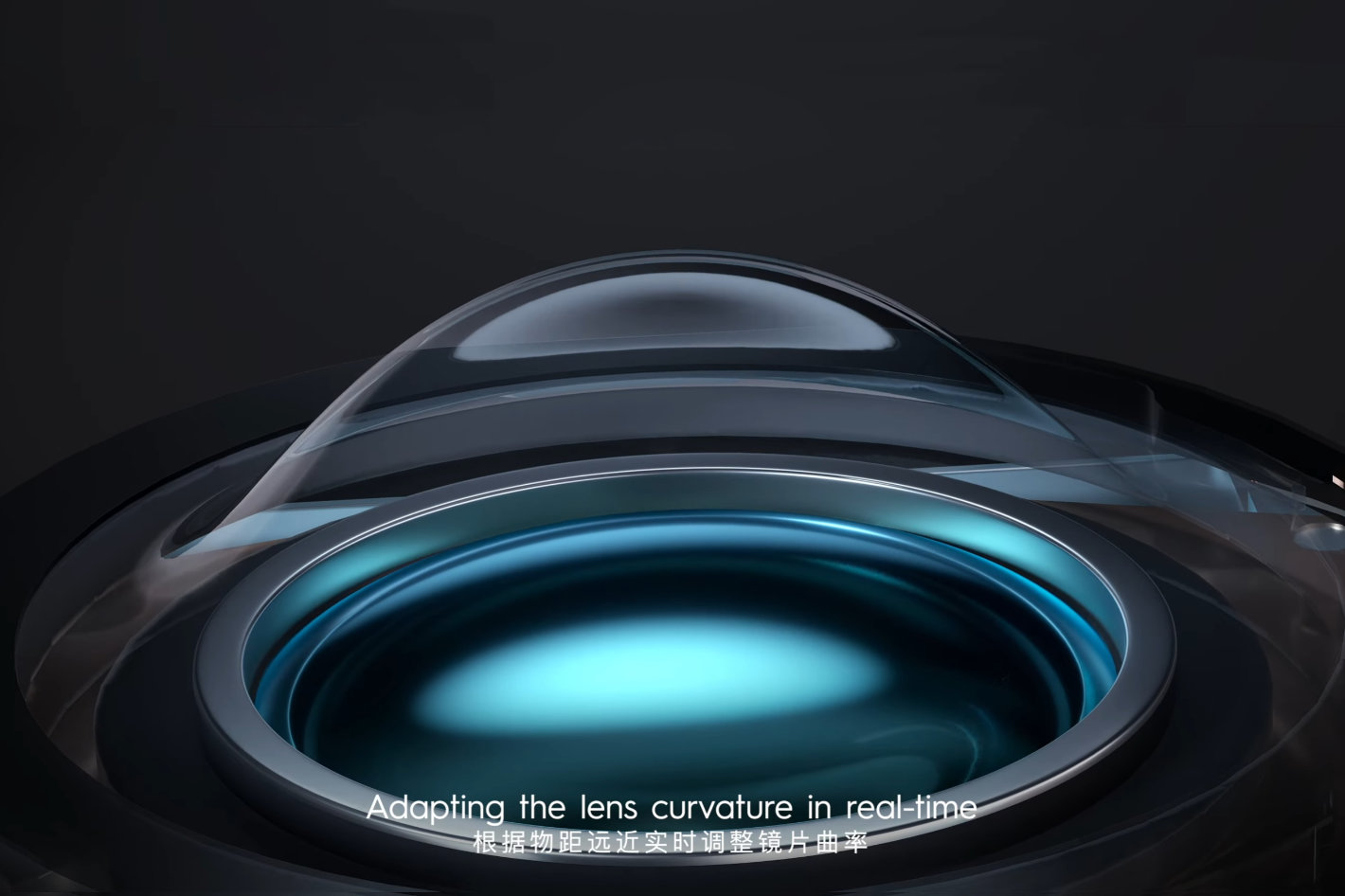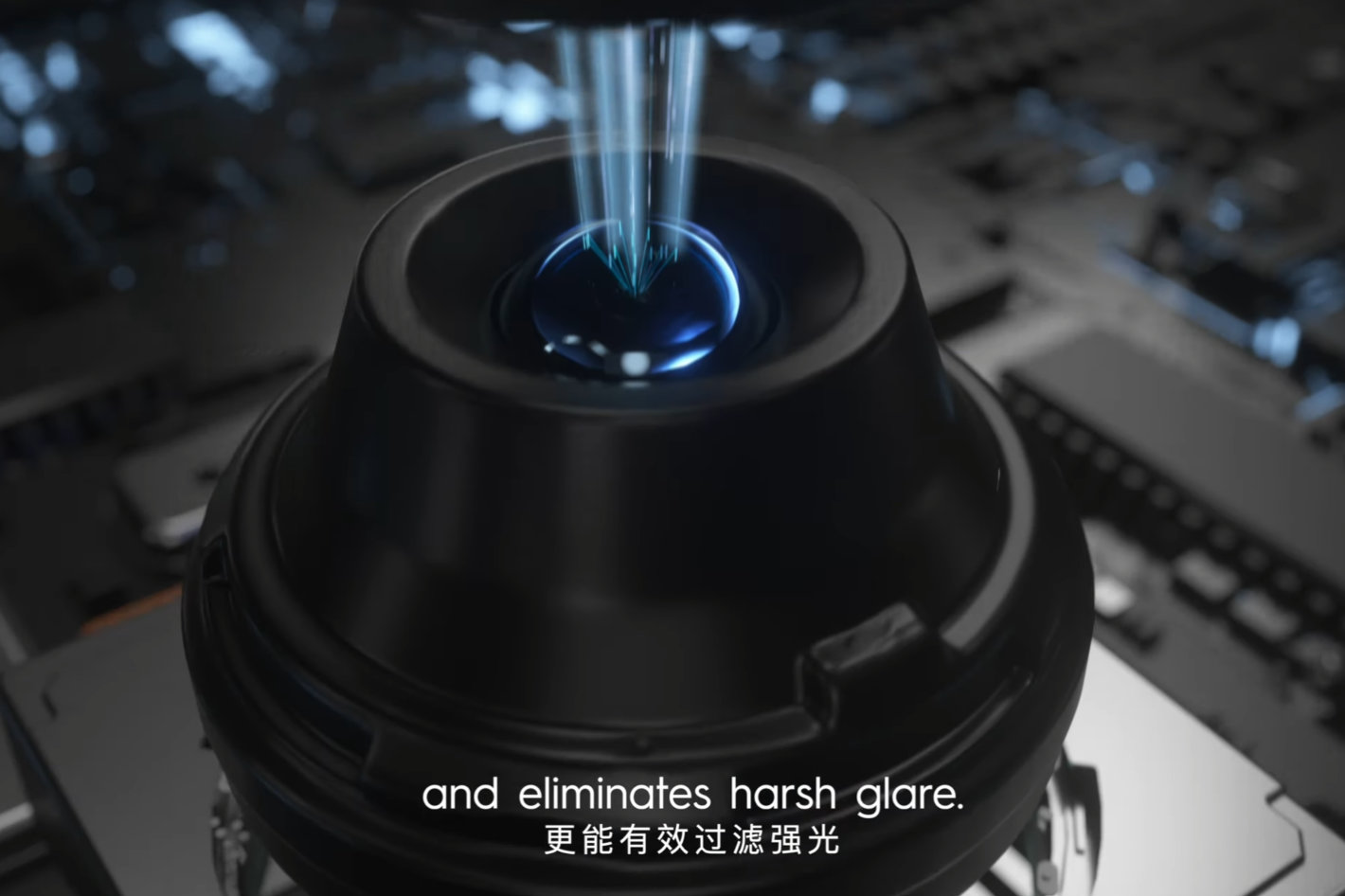TECNO: Adjustable Aperture And Liquid Macro Lens For Smartphones
 At the Future Lens 2023 event in Shanghai, Android smartphone company TECNO unveiled two new technologies: an adjustable physical aperture and a liquid macro telephoto lens.
At the Future Lens 2023 event in Shanghai, Android smartphone company TECNO unveiled two new technologies: an adjustable physical aperture and a liquid macro telephoto lens.
While not all new announcements from smartphone makers actually bring smartphones to market, some of these promising technologies certainly confirm that most of today's developments are happening in small smart devices. We're still waiting for things like the 85-200mm continuous zoom that Oppo promises in 2021, but there's no doubt that smartphone camera research investments are making progress. TECNO may not be a familiar name to most people, but the company is doing its best to innovate and several of its offerings and promises have been made.
We at ProVideo Coalition recently discovered TECNO's Universal Tones, which promise a deeper smartphone viewing experience... and go even further than Google's true tones when it comes to reproducing skin tones, whatever your face color. Now, the company demonstrated the same technology at its Future Lens 2023 event in Shanghai, and introduced two other cutting-edge technologies that aim to solve some of the problems associated with small smartphone cameras.
At the event, TECNO introduced and previewed its three newest imaging technologies for next year; the industry's first liquid macro telephoto lens; and the Universal Tone multi-layer skin tightening solution based on AI PVC previously featured here. Future Lens 2023 also featured engaging keynotes and panel discussions with leading voices from TECNO, Sony and Amateur Photography, highlighting the importance of the event as a platform for sharing ideas and experiences from the world of imaging.
 Solve smartphone image problems
Solve smartphone image problems
The company claims that TECNO solves the main challenges of smartphone imaging with three new technologies: using bionic vision to optimize light and shadow, applying technological innovation to reveal the blend and beauty of mobile phone lens shapes through multiple cameras, and revealing the future. A revolution in smartphone imaging, including multi-species skin imaging technology that can:
Smartphone lenses have fixed apertures and, with a few exceptions, their variability is limited to f/1.4 or less than f/4 on modern smartphones from Sony, Xiaomi, and Huawei. Sometimes it feels more like marketing than anything useful, especially if you're using a regular camera and a lens in the f/1.2 to f/32 range or higher.
TECNO's approach is different in that it uses an "adjustable W-shaped physical aperture" to create harmonics in intense lighting conditions. The company said: “The industry has always prioritized challenges with unclear scenarios.” TECNO has developed a solution that uses bionic vision to solve the problem caused by the strong background of fixed aperture cameras on traditional smartphones.
According to TECNO, "The new W-shaped physical adjustable aperture technology means users can no longer compromise or choose between detailed subjects and stunning backgrounds." This patented technology allows users to manually adjust the camera aperture, precisely control light and powerfully eliminate glare. for a balanced shot. This innovation ensures that TECNO smartphone cameras can easily handle challenging lighting conditions and produce stunning images, whatever the conditions.
 Liquid telephoto macro lens for smartphone
Liquid telephoto macro lens for smartphone
If this is true, we can expect the launch of a TECNO smartphone camera that “can easily handle harsh lighting conditions and produce stunning images, whatever the conditions.” If, as TECNO said at its Future Lens 2023 event, three new imaging technologies are planned for next year, can we expect to see them in its next smartphone? If so, contact me for a review copy to try…
The second technology presented at the event was an industry first, a liquid macro telephoto lens for smartphones. Liquid lenses are nothing new, although as far as I know they have never competed with the lenses we carry in our camera bags. In 2011, Olympus announced that it was working on "liquid lenses", as did Sony and Samsung, but neither company managed to break into the photography market. For those who forget, Samsung was a camera maker in 2011 with a profitable and fast-growing market that signed a deal with Pentax to make DSLRs in 2005...
Liquid lenses are already used in industrial applications that require strong, precise, fast and long-lasting lenses. One example is Corning's varioptic lens, which is based on the principle of electrical wetting, where the interface between two fluids changes when a voltage is applied. This eliminates the need for moving parts, giving the market a unique competitive advantage and enabling rapid focus.
Corning, a name you may recognize from the Corning Gorilla Glass in your smartphone, is the company behind several innovations in this area. Although unrelated to photography, an interesting paper was published in May 2023, "Liquid Lenses Open New Perspectives for Microscopy", which explains how the use of liquid lenses improves the imaging capabilities of microscope instruments while overcoming limitations. Mass, cost and durability of traditional systems.
 Sony, TECNO and the joy of smartphone imaging
Sony, TECNO and the joy of smartphone imaging
Back to TECNO and its new fluid macro telephoto lens. The company claims that "liquid lens technology in smartphone cameras offers photographers benefits such as increased focus speed and flexible zoom." However, TECNO's revolutionary new liquid telephoto macro lens is the first such application. technology in periscope telephoto lenses for smartphones.
According to TECNO, in order for a traditional periscope telephoto lens to achieve 5cm macro focus, the motor drive must be enlarged, which means the overall length of the module also increases, making it difficult to achieve an overall thin and light design. device. . . These traditional lenses are divided into two parts, and a common solution for taking 5cm macro shots is to move one part with a motor. However, this process has low productivity and is expensive. Another alternative for taking macro photos with a longer focal length is a built-in focus solution. TECNO's liquid macro telephoto lens takes a different approach, using tension to adjust the curvature of the lens. This innovative method allows TECNO smartphone cameras to maintain a compact form factor while dynamically adjusting the curvature of their lenses in real-time. Thanks to the integration of a large sensor, even the smallest details are recorded accurately.
TECNO Future Lens 2023 provides a valuable platform for engagement, third-party industry experience, media interactions and more. Three expert speakers not only learned about three of TECNO's latest technologies, but also participated in an engaging panel discussion and exchanged consumer and visionary perspectives on future developments in mobile imaging.
Jun Zhang, director of Sony Semiconductor Solutions (Shanghai), explains how Sony continues to develop image sensor technology and the importance of collaboration with smartphone manufacturers. He says. “To achieve the best results, our image sensors must coordinate closely with smartphone manufacturers. Only by communicating with phone manufacturers' engineers could Sony develop better image sensors. Therefore, we look forward to our future partnership with TECNO and working together to bring the joy of mobile imaging to more consumers around the world. »
Nigel Atherton, editor of the popular British Amateur Photographer, explores the challenges smartphone users face when taking photos and how the expanding capabilities of smartphone camera technology, particularly the latest from TECNO, are providing greater value. Information:
Film
Filmmakers use preproduction, production, and postproduction equipment.
buy now

